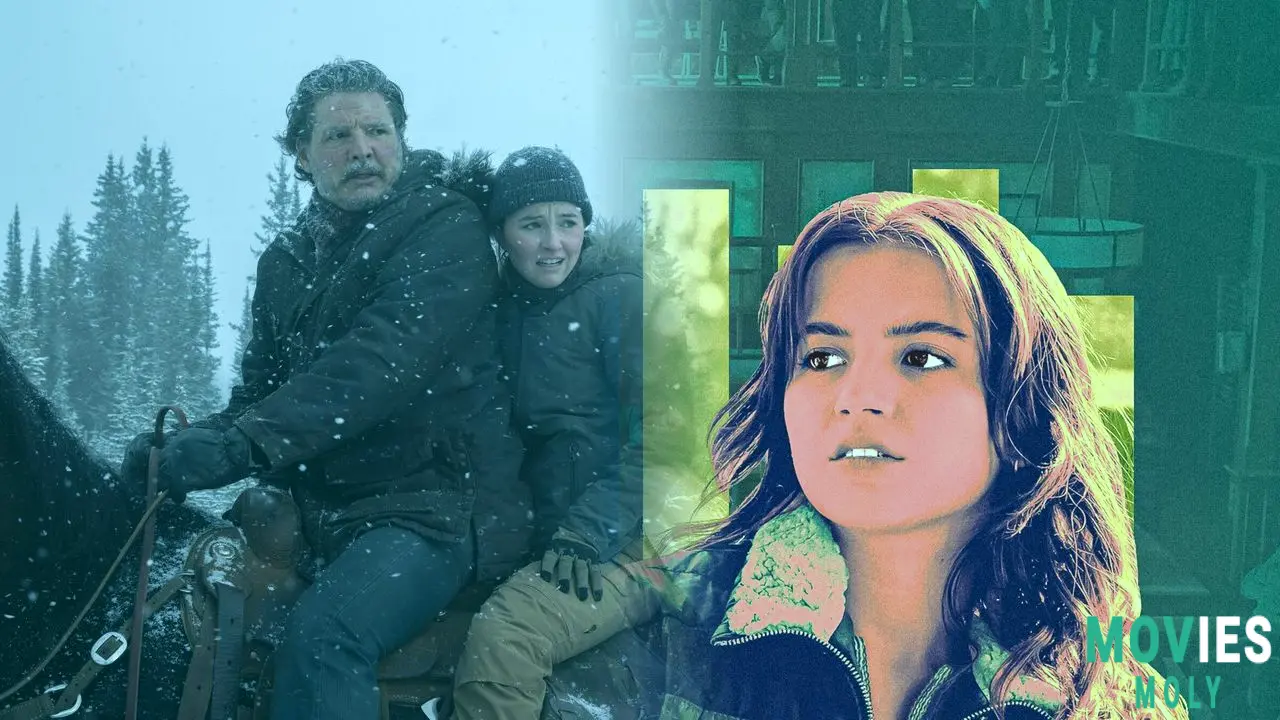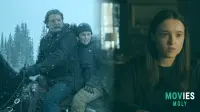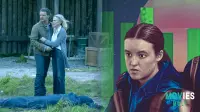Warning: This article contains major spoilers for Season 2, Episode 3 of HBO’s The Last Of Us.
After the emotional gut-punch that was Episode 2, The Last of Us Season 2 doesn’t just catch its breath — it channels its grief straight into a masterclass of character-driven storytelling. Episode 3, “Into the West,” doesn’t revel in the shock of Joel’s death like the previous installment. Instead, it zooms in on the fallout, giving us a raw, unfiltered look at how Ellie processes loss, trauma, and the smoldering need for justice that’s about to consume her world.
Ellie’s grief is portrayed with quiet power and emotional depthPicking up almost immediately after Abby’s brutal assault on Joel and Ellie, the episode opens with two poignant sequences that couldn’t be more different in tone but are equally impactful in meaning. First, there’s Tommy’s quiet farewell to Joel — a somber moment in a room full of corpses that underscores just how many lives have been lost. It’s intimate in its stillness, and it grounds Joel’s death in the harsh reality of this world. He was loved, but he was also one among many.
Then we cut to Ellie, waking up in a hospital, her realization dawning like a punch to the gut. Her scream is unrestrained, and it’s the emotional catalyst for the entire episode. We watch her go through the motions — therapy with Gail, a visit to Joel’s empty house — but the cracks in her composure are never far beneath the surface. Every object, every memory in that house strikes like a wound. When she finds the box with Joel’s watch and gun, her breakdown feels inevitable, and yet it never loses its authenticity. This is grief unpolished and real.
Ellie and Dina’s evolving relationship adds new emotional layers
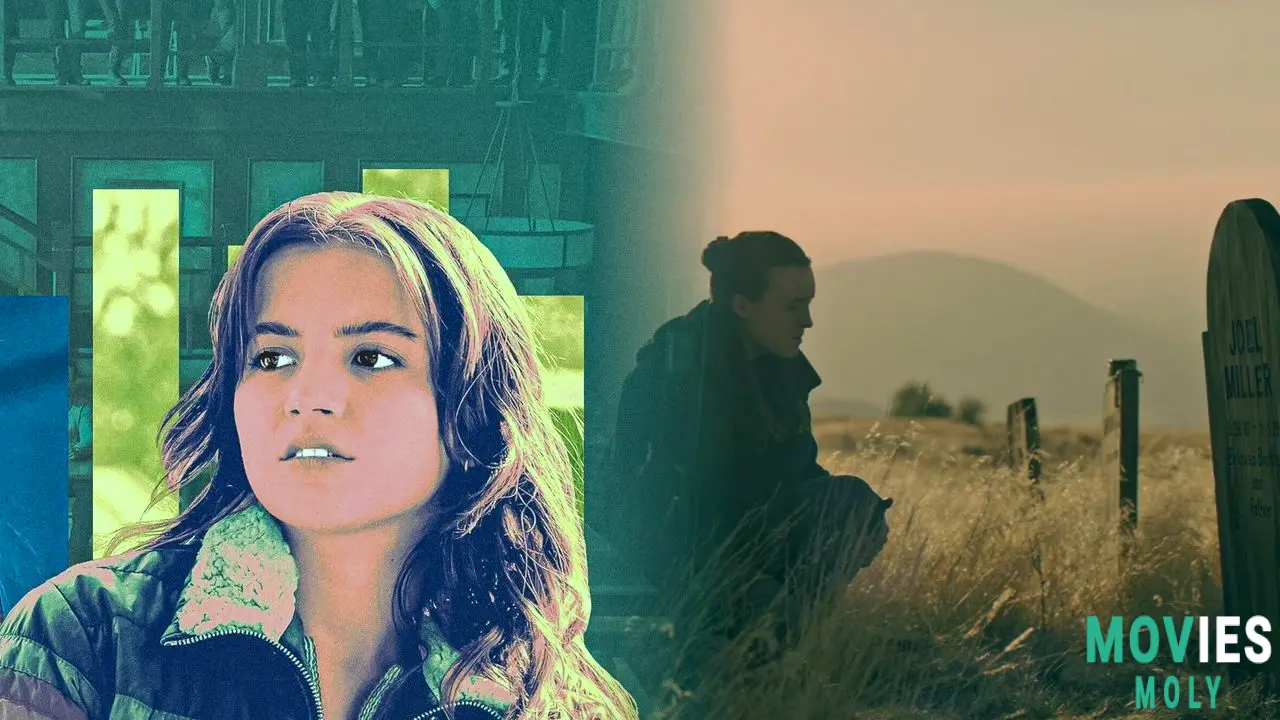
One of the smartest moves this episode makes is giving Ellie space to interact with Dina — and turning their dynamic into something that feels both natural and loaded with subtext. Their conversation about Seattle, about Abby, and about what’s coming next is laced with tension. Dina knows more than she’s letting on, and Ellie’s trust is already fragile. Yet, when Dina steps in with a plan — a map, supplies, and a clear intention to join Ellie — it shifts the balance.
Ellie may be driving this revenge mission, but Dina is the strategist. She even makes the call for Ellie to ditch her Chuck Taylors in favor of something more practical. It’s a small moment, but it says a lot about their roles and how they’re starting to depend on each other. Their tent scene, where Dina awkwardly asks Ellie to rate her as a kisser, is a moment of youthful vulnerability in a world that’s closing in on them. It humanizes them just in time for the show to send them marching toward Seattle — and into the eye of the storm.
The introduction of the whistle-wielding survivors hints at new dangers ahead
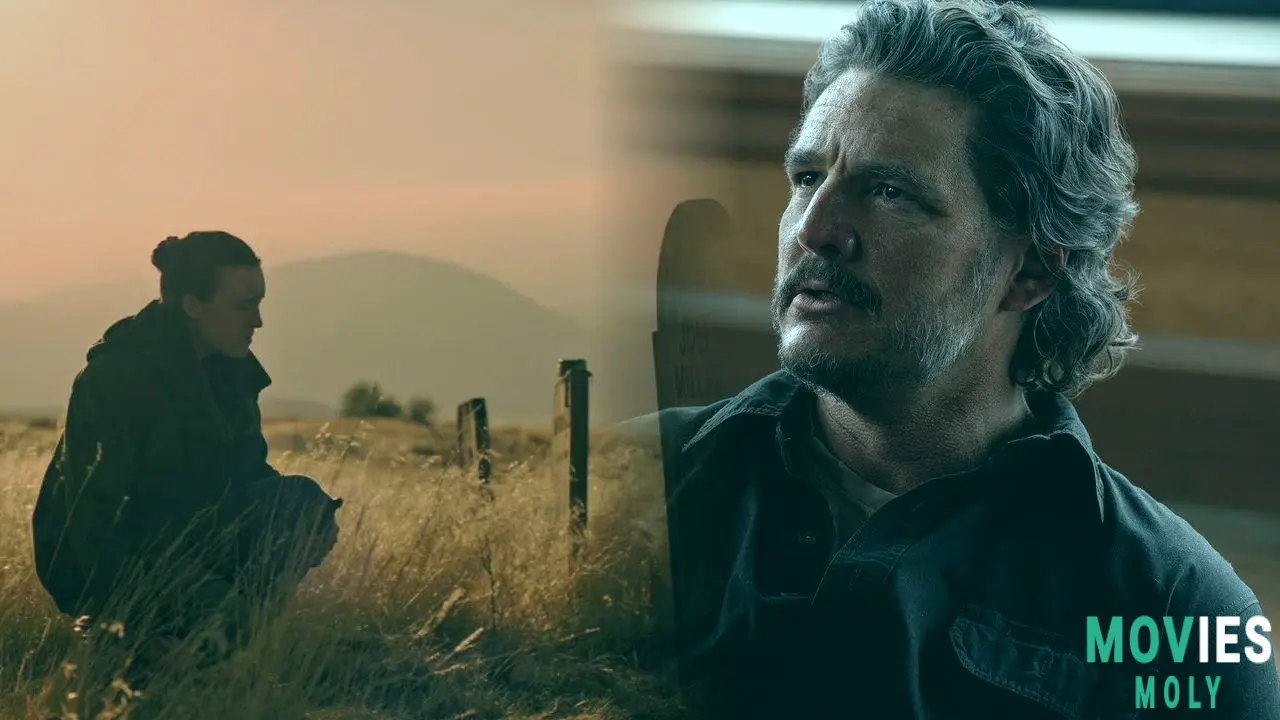
“Into the West” doesn’t just set Ellie and Dina on a new path; it also teases the larger conflict waiting in Seattle. We’re introduced to a mysterious group of green-clad survivors who communicate through whistling — a clever and chilling touch that feels right at home in this universe. Their encounter with another group, one that bears the unmistakable Wolves insignia, ends in brutal slaughter. Among the victims is a young girl named Constance, who believed in a prophet’s eternal truth. Now, we have another faction to watch, and another threat to add to the WLF — the group that Abby and her crew belong to.
It’s a smart world-building move that doesn’t slow down the story but enriches it. These are the kinds of details Nicolas Ayala would dig into — the way the show uses visual language and small world cues to hint at larger themes. The whistleers aren’t just enemies; they’re survivors who have adapted in a different way. And that’s going to matter as Ellie and Dina make their way into territory that’s far from neutral.
Ellie’s speech to the council reveals her inner conflict and sets up future tension
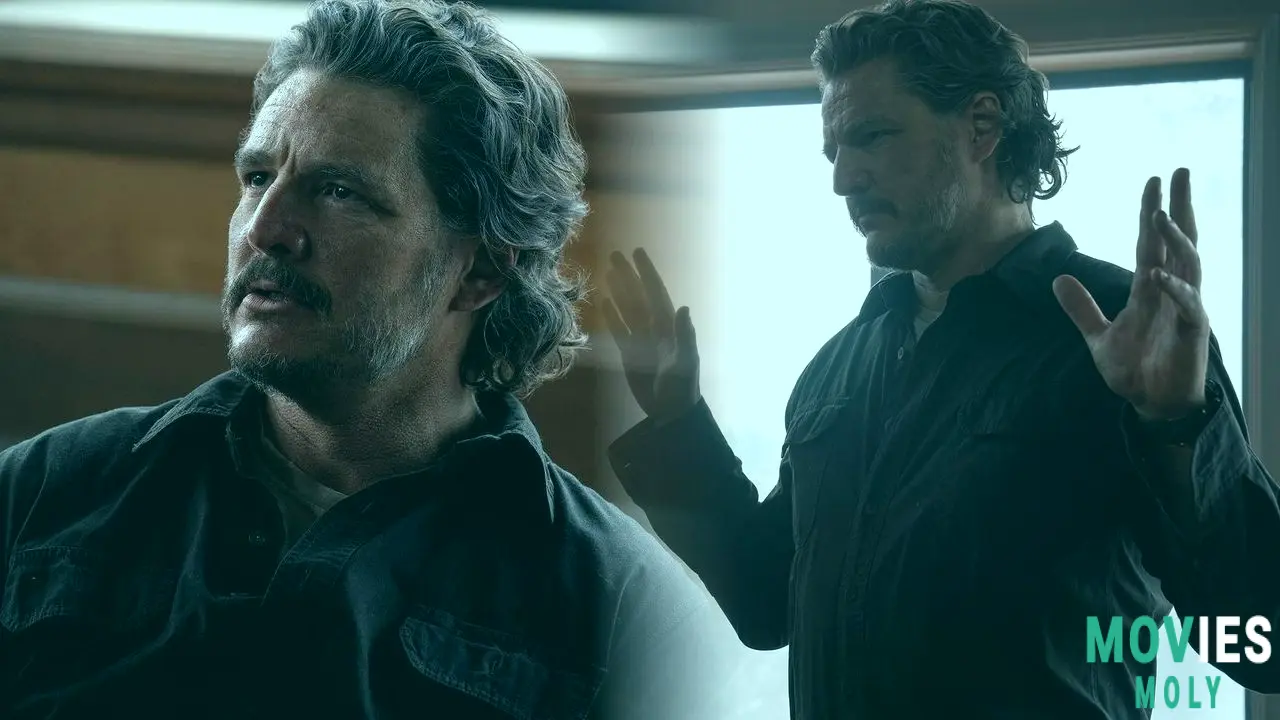
The council scene in Jackson is a masterstroke of character and thematic writing. Ellie’s plea for permission to go to Seattle isn’t just about vengeance — she frames it as a quest for justice, for identity, for what makes Jackson more than just a fortress. It’s passionate, and it’s logical, but it’s not enough. The community is tired. They’re rebuilding. They don’t want another war.
Gail and Tommy’s quiet concern for Ellie feels earned, not forced. Gail calls her a liar — and she is. Ellie’s still masking her pain, still grappling with what Joel’s death means for her identity. Tommy sees himself in her, and that’s scary. Because Joel shaped Ellie’s world, and now she’s free — but directionless. The question hanging over this episode, and perhaps the season, is whether Ellie can be saved at all.
Ellie’s journey may be fueled by grief, but it’s about to become something larger
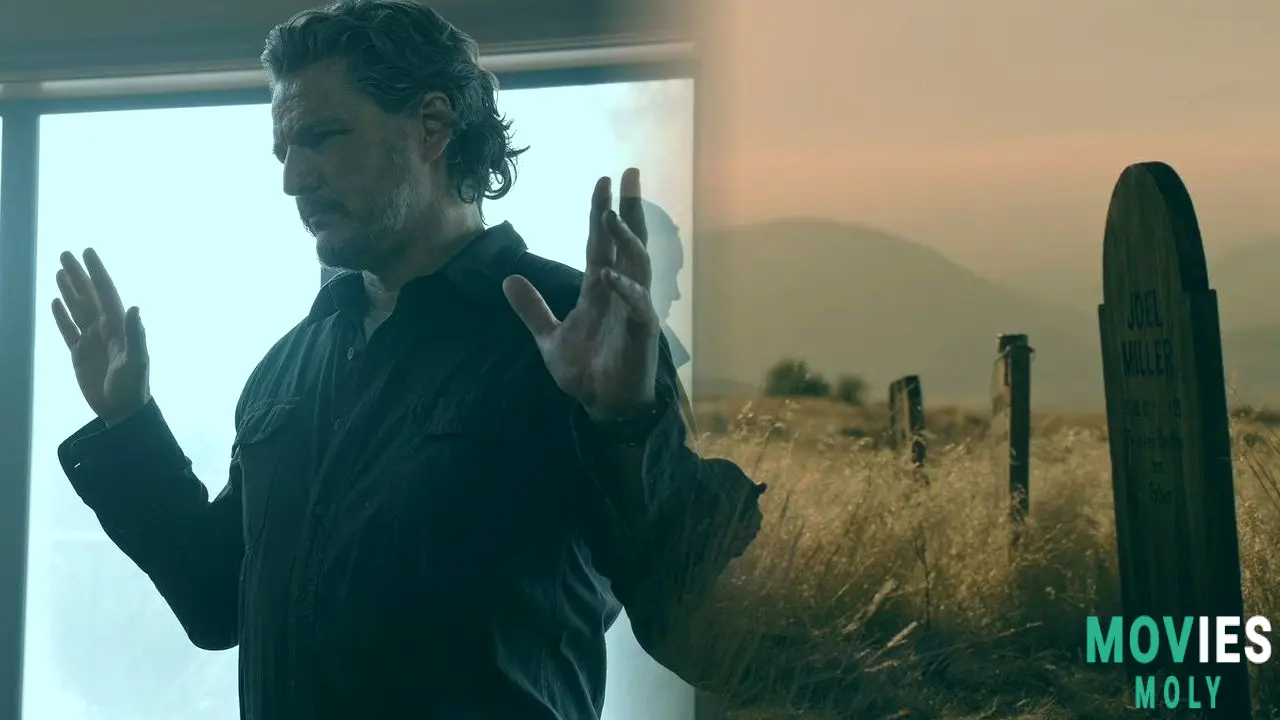
“Into the West” is a transitional episode in the best possible way. It doesn’t rely on shock or spectacle. It lets the characters breathe — and in that breathing, we feel the weight of what’s coming. Ellie and Dina’s trek to Seattle is about more than getting revenge on Abby. It’s about a transformation. Ellie’s hand on Joel’s grave, her tearful farewell, and her steely resolve to keep going — these moments ground the episode in emotional truth.
And that truth is what makes this show continue to stand out. It’s not just about surviving a post-apocalyptic world. It’s about surviving ourselves. As Ellie and Dina ride into the unknown, The Last of Us isn’t just asking what they’ll find in Seattle. It’s asking what they’ll become on the way there.

